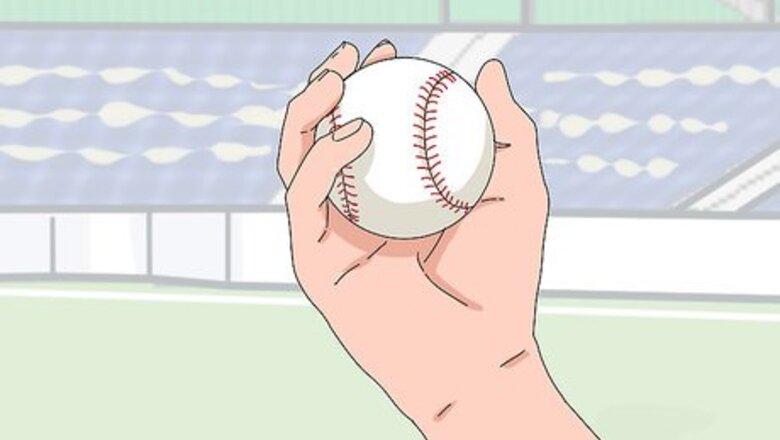
views
Gripping the Ball
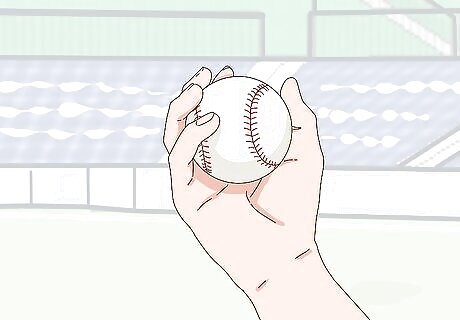
Place the ball in your dominant hand. It should sit just slightly toward the upper edge of your palm. Make sure both sets of seams are visible.

Wrap your pointer and middle fingers around the top of the ball. Let your pointer finger rest directly to the inside of the inner seam. The stitches will provide traction and offer a more comfortable and natural grip. Slide your middle finger until it’s roughly an inch to an inch and a half away from your pointer finger. Some players find it easier to place both fingers parallel on the seams, while others prefer to leave their fingers a little closer together on one side of the ball. Do what feels most comfortable for you. This “claw” type grip will give you the dexterity you need to put some rotation on the ball at the moment of release.
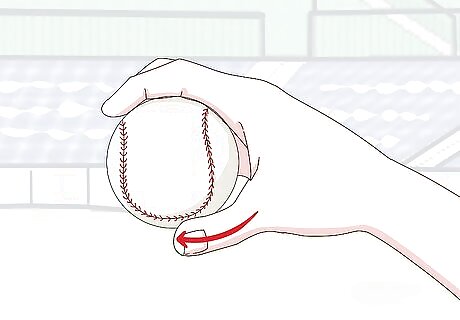
Hook the bottom of the ball with your thumb. Bring your thumb around the underside of the ball and clamp down. When it comes to hand positioning, your thumb is the final piece of the puzzle. It will give you the stability you need to manipulate the ball without it slipping out of your hand. Don’t squeeze the ball too tightly—just grip it firmly enough to hold it in place until you complete the pitch. Pinch the ball with the pad of your thumb, not the entire length of your finger. This will make it easier to make a quick release once the time comes.
Getting into Position
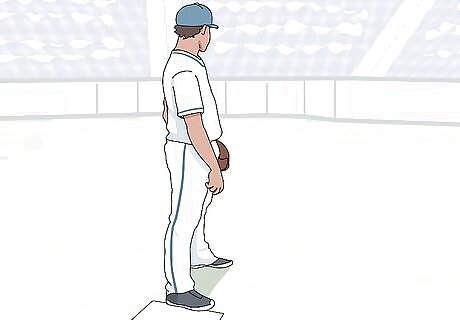
Assume a normal pitching stance. Stand with your feet about shoulder width apart, with your knees bent slightly and your upper body relaxed. Point the shoulder of your non-throwing arm toward the batting plate. Fix your gaze on the batter and don’t let it stray once you’re locked. Conceal the ball in your glove or behind your rear leg while you to reset your grip to make sure the batter can’t see your hand positioning. Otherwise, you may inadvertently tip them off. Keep in mind that the ball will break to the outside of your body and be ready to adjust your position on the mound accordingly.
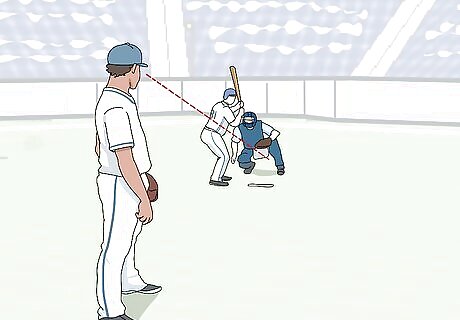
Spot your target. When throwing a screwball, your goal is to strike out an opposite-handed batter. That means that if you’re right-handed, you’ll be looking to place the ball low and to the right side of a left-handed batter. The reverse will be true for left-handed pitchers. Try not to make it too obvious where you’re about to throw. Telegraphing your intentions could cause you to end up feeding the batter an easy run.
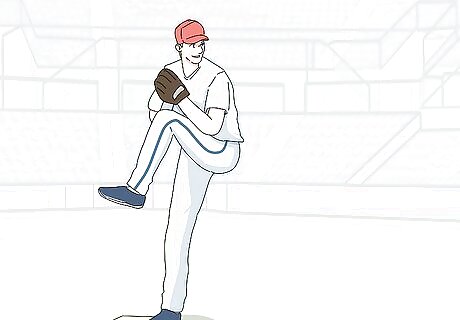
Begin the windup. Take a small step back and to the side as your knee comes up to steady your balance. Raise both hands high in front of you as though you were throwing an ordinary fastball, then draw your pitching arm up and back. Don’t overthink it. The setup for a screwball will be the same as any conventional pitch until the release. It’s important not to add any unnecessary movements or quirks to your pitch—that way, you can keep the batter guessing.
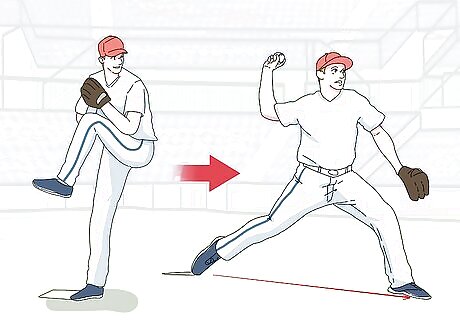
Step forward to throw. Widen your base and touch down with the ball of your foot as you complete the stride. Bring your pitching arm in line with your shoulder, making sure your forearm stays upright. Keep your core tight and your shoulder relaxed to start building velocity for the pitch. The length of your stride should be approximately twice the width of your normal stance. Any more or less and you may throw yourself off balance.
Creating the Rotation
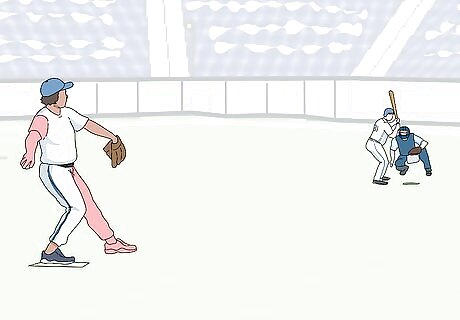
Lean into the pitch. Shift your bodyweight over your front leg, letting your pitching arm trail behind you. Brace yourself as your arm continues to move forward. Your palm should be facing the batter at all times to keep the ball lined up for an accurate pitch. Rotate your hips a couple of degrees in the direction you’re throwing to add more power to the pitch. Screwballs aren’t typically thrown with as much force as some other pitches, so your back foot should stay rooted to the ground for added stability during the follow through.
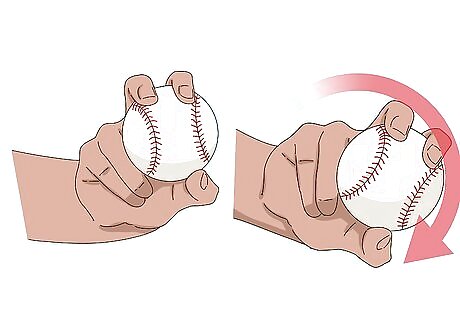
Turn your wrist inward. Bring your arm down in a tight arc. As you reach full extension, begin rotating your wrist and forearm so that the tops of your knuckles are pointed toward your body. You’ll need to use quite a bit of torque to get the ball to break to one side correctly. Right-handed pitchers will pronate their wrists counterclockwise, while left-handed pitchers should turn their wrists in a clockwise direction. Getting the hang of the motion will take practice. Throw a few screwballs at a low speed and see if you can feel the ball rotating.

Release your grip on the ball. Let go of the ball just as your arm becomes level with your face. Allow it leave your hand easily, keeping your fingers out of the way to prevent them from delaying the release; the one exception will be your pointer finger, which you’ll use to initiate the spin. If the release comes too soon, the pitch may travel higher, which will neutralize some of the rotation and make it easier to hit. If it comes too late, there’s a chance the ball might not even make it to the plate. Make the last part of your pitch nice and snappy. A well-placed screwball thrown at a high speed is nearly impossible to see coming.
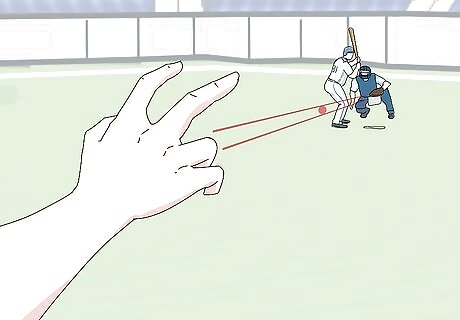
Let your pointer finger run down the inside of the ball. Just before you break contact with the ball, drag the inner edge of your finger downward sharply. This motion will generate rotation and eventually cause the ball to break in the opposite direction. When done correctly, your pitching hand should end up pointing directly at the batter at the moment of release.


















Comments
0 comment